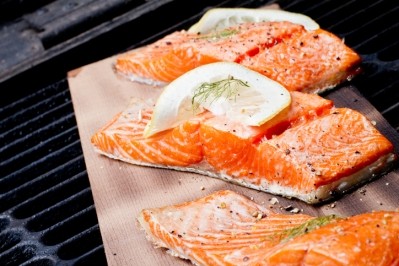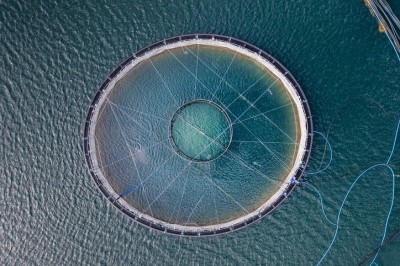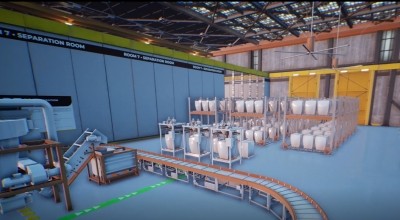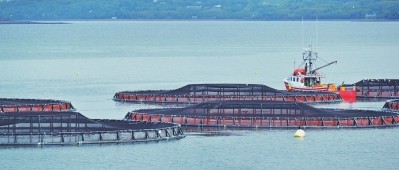Canadian university looks to establish facility to test alternatives to fishmeal in aqua feed
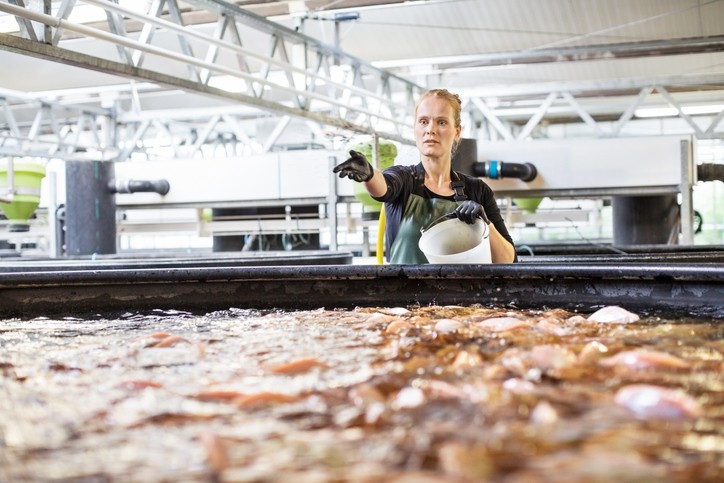
Protein is a critical ingredient in terms of the fish growth rate, said Dr Lynn Weber, professor of veterinary biomedical sciences at USask’s Western College of Veterinary Medicine and co-leader of the project.
However, protein inputs are pricey, she noted. “It is the No. 1 cost in feed, and feed is the No. 1 cost in aquaculture.”
Declining wild fish stocks are driving up consumer demand for commercially grown fish and seafood, and with it the need for cheaper and environmentally sustainable alternatives to fishmeal, according to the professor.
Ingredients such as fava beans and peas could prove a more robust option that marine derived resources, said Weber, who has done research with colleagues such as Dr Matt Loewen—a project collaborator—on using novel processing methods such as fermentation with yeast, to remove anti-nutritional factors (ANF) from legumes.
Research by some team members using insect protein derived from sources such as fly larvae also looks promising, she reported.
The Canadian university’s campus is located in an area that produces a significant volume of peas, fava beans and other potential feed ingredients, so it is well place to host the proposed aquafeed testing facility, noted Weber.
Expert line-up
The university has feed ingredient development and processing experts, along with top-ranked scientists in toxicology, environmental studies, artificial intelligence (AI), and animal physiology, nutrition and behavioral science who are all collaborators on the project.
“The testing facility will have some basic research aspects to do with nutrition, eco-toxicology and AI, but basically it will be a contract facility where we hope to bring in industry partners and charge them to develop new feed ingredients and feeds for aquaculture,” Weber said.
Among the 20 industry, government, academic, and trade groups supporting the project to date are global companies such as BioMar and Evonik and Boston-based InnovaSea.
“These companies are interested enough to directly support the project now, but once we establish the facility and word gets out, I anticipate it will quickly ramp up to become the go-to place globally because there’s such a shortage of all the unique expertise that we have,” commented the professor.
Funding
Weber and Dr Mike Nickerson (PhD), a professor in USask’s College of Agriculture and Bioresources, co-lead the 10-member multidisciplinary faculty team.
The group said they are seeking CAD $3.7m from the Canada Foundation for Innovation, which they said is 40% of the CAD $9.3m needed to revamp USask’s current toxicology center to house the new facility.
Provincial and federal agencies, USask, and vendor in-kind support are expected to contribute CAD $5.6m.
Testing equipment
In terms of kit, Weber said the flow-through fish tank system in the current toxicology center would be replaced with a recirculating aquaculture system (RAS) with a large biofilter that will cut water use by as much as 90%.
Each of the 30 new feed testing tanks would be capable of holding 20 or more market-sized fish such as trout and tilapia and would be equipped with continuous water quality sensors and in-tank cameras to closely track feeding rates, responses to novel feed ingredients, behavior, and growth, using AI technology, she said.
The facility at USask would allow the complete business cycle for value-added agriculture to occur in Saskatchewan and bring lucrative new markets for Canadian-grown crops, added Weber.
